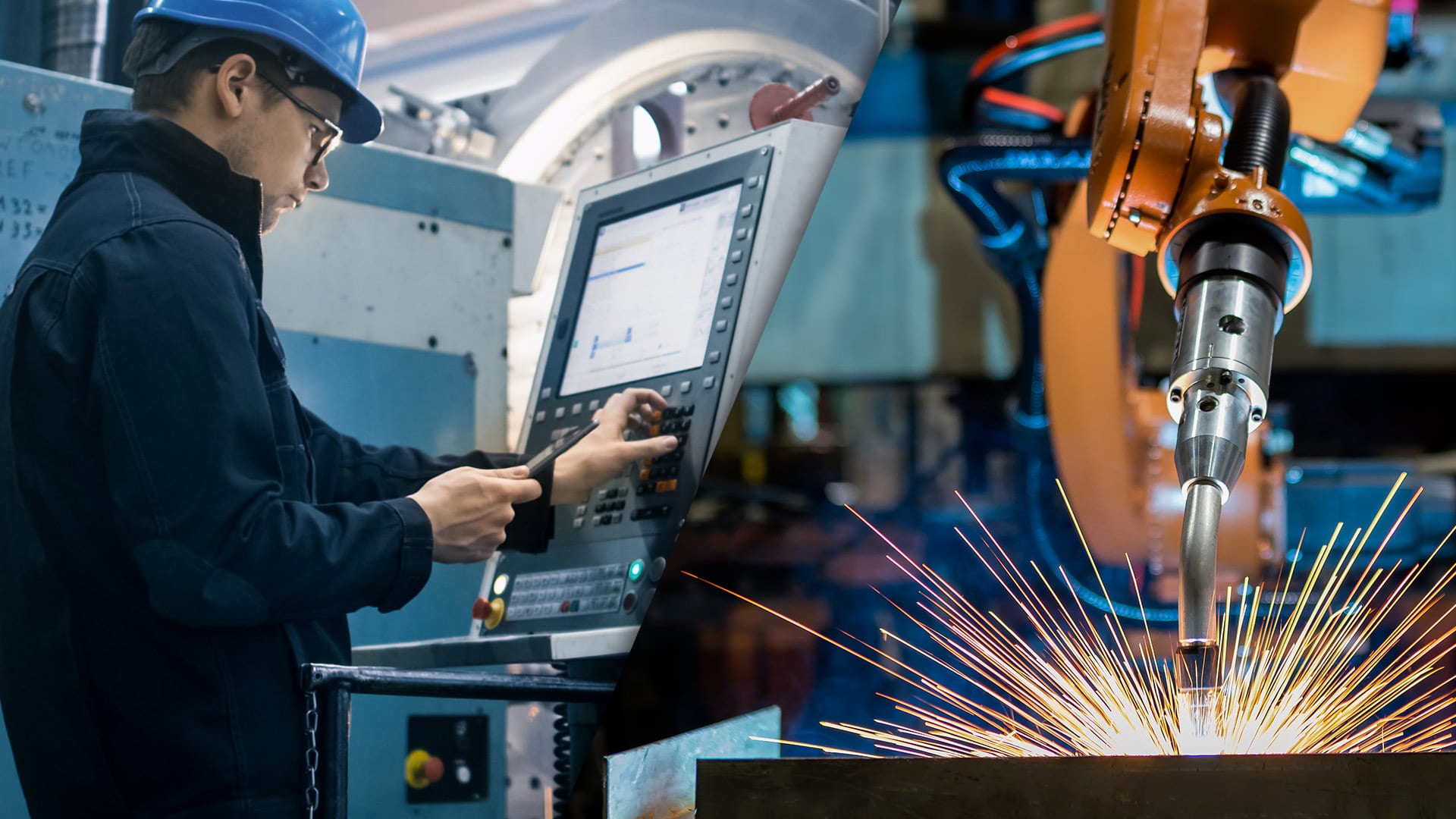
When was your “AI moment”? I’m talking about the first time you felt like artificial intelligence was coming, in force, to change the way business is done. Mine was in 2011, when an AI developed by IBM crushed some of the smartest people on the planet in a game of “Jeopardy!”. This is a game that seemingly requires human intelligence to parse the strange question/answer format, to understand the subtle cultural references and wordplay, and to react quickly to make sure you get to answer first. It was clear at that moment that I needed to reassess what was possible with AI.
Eight years later, AI has already transformed industries ranging from agriculture to finance to advanced medicine. Many of us have had to rethink what we know about performance measurement, data analytics, and business intelligence. But how will AI transform the construction industry?
To answer that question, we first need to cut through the hype, and clarify the different ways that AI will impact the construction business. Because AI is so broadly applicable, it can be difficult to predict the different ways that project delivery will change. To address this challenge, a new report was developed to help guide executives and business leaders in understanding this transformation entitled, “Demystifying AI for Construction: Seven Big Ideas.”
The full report offers a comprehensive look at how AI will change how we capture data, measure performance, and deliver projects, with valuable references to dive deeper into each big idea. This is the definitive guide for leaders in the construction business who want to better understand how they can leverage AI to compete and win in the industrialized future of construction. The following is a snapshot of the ideas presented in the report.
How does a company improve performance? Many businesses are primarily focused on eliminating errors in processes to boost productivity and improve outcomes. This tactical approach can be effective, but it rarely exposes insights-- the findings that can yield leaps in performance improvement. In addition to reducing errors, AI has been a driving force across many industries by identifying non-intuitive, or even counter-intuitive patterns in data that uncover insights into business performance. Leaders in AI have achieved step changes in performance by reinventing their companies to be data-driven organizations.
Standardizing how data is captured and tracked across an organization is step one on the journey towards excellence with AI and data analytics. Construction generates an extraordinary amount of unstructured data, from paper drawings to inconsistent databases. While machine learning systems can identify structure in unstructured data sets like images, it is structured data sets that offer opportunities to expose insights that can be leveraged to improve performance. By managing data in common data environments (CDEs), companies can build a strong foundation that will allow them to quickly derive value from rapidly advancing technologies.
Humans and machines work better together than individually in both the physical and digital domains. Digital machines are better at data processing, humans are better at generalization. Physical machines are better at brute strength and rapid motion, while humans excel in adapting to unstructured physical environments. AI systems can act as a digital advisor, providing a sort of “augmented intelligence” that can unlock predictive capabilities and improve performance outcomes.
"The problem right now isn’t so much that robots are replacing jobs; it’s that workers aren’t prepared with the right skills necessary for jobs that are evolving fast due to new technologies, such as AI."
- HUMAN + MACHINE
Our current job structures are based on human capabilities, not AI capabilities. As we increase our collaboration with digital and physical machines, we must look at the specific tasks involved in a given job and identify where AI can augment, enhance, or replace those tasks. As an industry we should focus on increasing the capacity of our human workforce by leveraging AI capabilities, not on protecting our current job structures. Labor disruption is likely as job structures evolve, but AI can help address the systemic skilled labor shortages and stagnating productivity that has hindered innovation in construction for decades.
The media has reliably obfuscated the relationship between robotics and AI. The truth is that both technologies are important to the industry’s future, but they follow different trajectories. Construction has a challenge in that each jobsite is unique and rapidly changing, making it difficult to apply robotics in the same way as the manufacturing industry has in highly structured environments. Approaches such as design-for-manufacturing-and-assembly offer more clear near-term improvements than on-site robots by integrating the full lifecycle of a given asset. In the near term, robotics will develop most rapidly for offsite applications, where prefabrication and modularization can be leveraged to tightly control processes and improve quality.
As with most technologies, AI is only effective when it is applied to solve business problems. Companies that can successfully standardize their data capture, maintain high data quality standards, and evolve their processes stand to reap the rewards of AI by aligning technological implementation with business value. Some of these advancements will emerge from within the construction industry and will be designed to address specific industry challenges. However, business leaders should be constantly looking outside of construction, as many general-purpose tools from other industries can be harnessed and applied to the construction industry.
The construction industry has been struggling for decades with a capacity problem. We struggle with underinvestment in infrastructure, market fluctuations, labor shortages, and productivity challenges. AI can help increase the capacity of the industry to deliver projects sustainably, efficiently, and profitably by reducing errors and exposing insights. This transition will not be easy, but for those who can navigate this rapidly changing environment and address these cultural and technological challenges will reap the rewards of industry leadership in the new industrialized future of construction.
"The future is here, it's just not very evenly distributed."
WILLIAM GIBSON
This report is just a starting point for understanding the transformational nature of this technology, and how it can be harnessed for competitive advantage. Business leaders in construction are faced with a dynamic landscape of technologies, tools, and processes, and those who can act quickly to leverage these advancements will command sustainable competitive advantage far into the future.
Find out more about how to turn technology into business value by reading the full report on “Demystifying AI for Construction: Seven Big Ideas.”

May we collect and use your data?
Learn more about the Third Party Services we use and our Privacy Statement.May we collect and use your data to tailor your experience?
Explore the benefits of a customized experience by managing your privacy settings for this site or visit our Privacy Statement to learn more about your options.